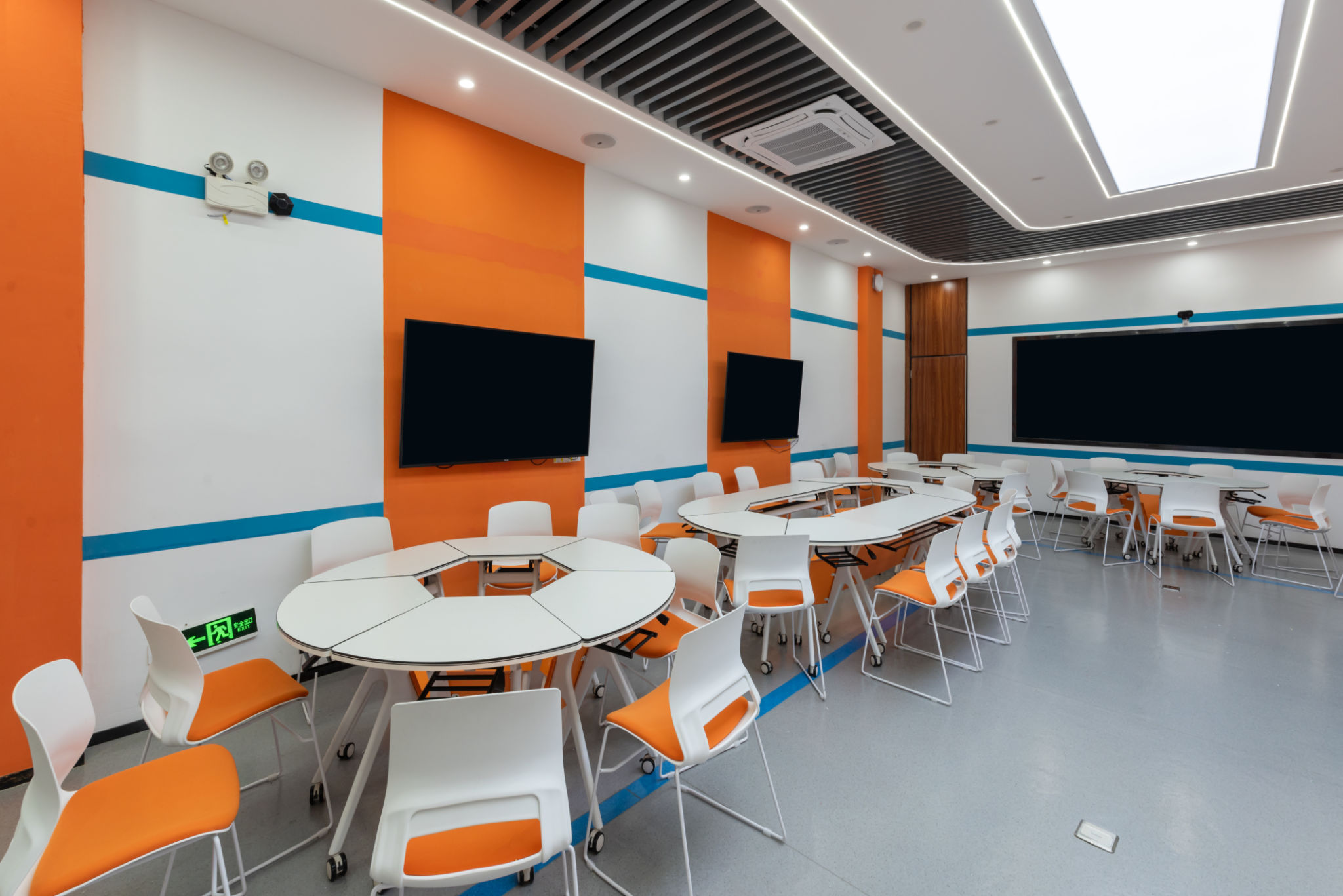Innovative Learning Approaches: Case Studies from Australia
Introduction to Innovative Learning Approaches
In recent years, Australia has emerged as a leader in educational innovation, employing unique approaches that cater to diverse learning needs. These initiatives are reshaping the landscape of education, fostering environments that encourage creativity, critical thinking, and collaboration among students. This blog post delves into some of the most notable innovative learning approaches in Australia, providing insights through case studies that highlight their impact and effectiveness.

Project-Based Learning in Australian Schools
Project-Based Learning (PBL) has gained traction in Australian classrooms, allowing students to engage in real-world problems and develop practical solutions. This approach not only enhances subject knowledge but also equips students with essential life skills. Schools across Australia have integrated PBL into their curricula, encouraging students to take ownership of their learning through hands-on projects.
For instance, at a primary school in Melbourne, students embarked on a project to design sustainable gardens. This initiative required them to research plant species, understand environmental impacts, and collaborate with local experts. The project culminated in a community showcase, where students presented their findings and garden designs.

Flipped Classroom Model: Transforming Traditional Education
The flipped classroom model is another innovative approach gaining popularity in Australia. This model reverses traditional teaching methods by delivering instructional content outside the classroom and employing class time for interactive activities. Students watch video lectures or read materials at home and participate in discussions and problem-solving exercises during class.
An exemplary case is a high school in Sydney that implemented the flipped classroom for its science courses. The results were remarkable; students reported improved understanding and retention of complex concepts. Teachers noted increased classroom engagement and were able to provide more personalized guidance through this method.

Integrating Technology into Learning
Technology integration has become a cornerstone of modern education, and Australian schools are at the forefront of this trend. By incorporating digital tools and resources, educators can create dynamic and interactive learning environments that cater to various learning styles.
One notable example is a Queensland school that introduced virtual reality (VR) into its history curriculum. Students had the opportunity to virtually explore historical sites, enhancing their understanding and engagement with the subject matter. The use of VR not only made learning more enjoyable but also deepened students’ comprehension of historical events.
Personalized Learning: Tailoring Education to Individual Needs
Personalized learning is revolutionizing the way education is delivered, focusing on individual student needs, strengths, and interests. In Australia, schools are adopting this approach to ensure that every student receives a tailored educational experience.
A successful implementation can be seen in an Adelaide school that uses adaptive learning software to customize lessons for each student. The software adjusts the content based on student performance, providing targeted support where needed and challenging advanced learners with more complex tasks.

Conclusion: The Future of Learning in Australia
Australia's commitment to innovative learning approaches signifies a promising future for education in the country. By embracing methods such as Project-Based Learning, the flipped classroom model, technology integration, and personalized learning, schools are preparing students for the challenges of the 21st century. These case studies demonstrate that when education adapts to the evolving needs of society, it becomes a powerful tool for empowering future generations.